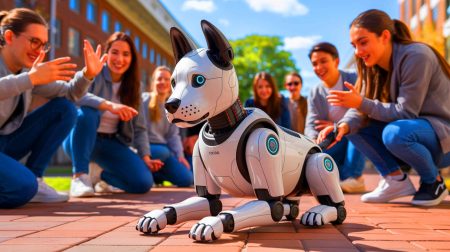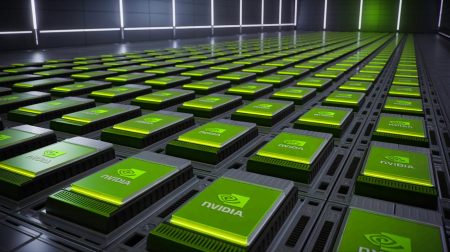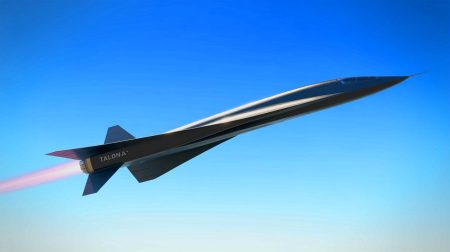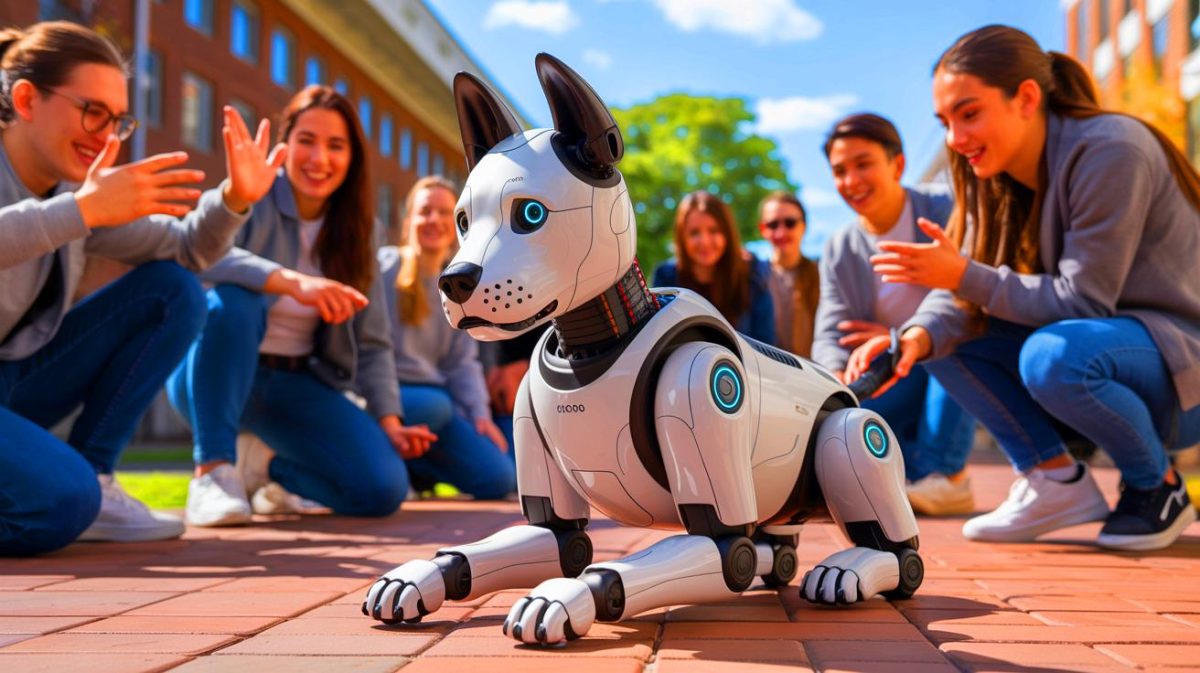| IN A NUTSHELL |
|
In a world where technology continues to reshape our everyday experiences, the emergence of Thunder Paws—a robotic dog developed by students at St. John’s University—stands out as a remarkable innovation. This mechanical canine, built on the Unitree Go2 quadruped platform, is not just a technological marvel but a testament to the power of hands-on learning. By blending mechanical engineering, coding, and artificial intelligence, students have crafted a robot that not only imitates lifelike movements but also introduces the community to the exciting possibilities of robotics. Let’s explore the fascinating journey of Thunder Paws.
The Birth of Thunder Paws
Thunder Paws owes its existence to the dedicated students of the Collins College of Professional Studies (CCPS) at St. John’s University. As part of a hands-on tech project, these students embarked on the task of bringing a robot dog to life. Built on the Unitree Go2 quadruped robot, affectionately referred to as a “quadbot,” Thunder Paws quickly became a highlight in the university community. The project was spearheaded by Max A. Hergenrother, the Associate Dean for Academic Technology and Pedagogic Innovation, who emphasized the importance of practical learning experiences.
Thunder Paws made its grand debut during a send-off event for the University’s men’s basketball team, captivating the audience with its lifelike dog tricks such as sitting, running, and rolling over. The crowd was not only entertained but also inspired, witnessing firsthand the potential of robotics in everyday applications. This event underscored the university’s commitment to applied technology, as students were responsible for all the coding, mechanical adjustments, and AI integration required to bring Thunder Paws to life.
How Thunder Paws Operates
Thunder Paws is more than just a simple robot; it’s an embodiment of cutting-edge technology and innovation. Operated using a joystick for basic functions like walking, the robot dog can also perform more complex actions through a smartphone app. This allows it to execute a variety of playful tricks, enhancing its appeal and functionality. One of Thunder Paws’ unique features is its companion mode, which enables the robot to mirror its handler’s movements, providing an interactive and engaging experience.
The students’ goal is to continue enhancing Thunder Paws, with hopes of programming it to respond to verbal commands and perform additional tricks in the future. This ongoing development ensures that Thunder Paws remains at the forefront of robotic technology, serving as a dynamic educational tool that showcases the possibilities of robotics in real-world settings. As Thunder Paws participates in various university events, it not only displays the students’ technical skills but also reinforces the college’s dedication to fostering innovative, real-world learning experiences.
The Evolution of Robotic Dogs
The development of Thunder Paws is part of a larger narrative in the evolution of robotic dogs. The journey began with Unitree’s introduction of the Go1 in 2021, which gained popularity for its performance and affordability in the quadruped research market. Building on this success, Unitree launched the Go2 in 2023, featuring enhancements such as all-terrain capability and advanced AI. The Go2 is equipped with Unitree’s proprietary 4D LIDAR L1 system and integrates OpenAI’s GPT, allowing it to understand language and follow user commands.
In 2024, the Go2-W was introduced, featuring 7-inch pneumatic wheels for enhanced mobility. These wheels can be locked for traditional walking or used for smooth motion across flat surfaces, showcasing the versatility of modern robotic technology. From upside-down walking to adaptive rollovers, the Go2 series represents a significant leap forward in the development of robotic companions, blending intelligence and mechanical agility in ways previously unimaginable.
The Future of Educational Robotics
Thunder Paws is not just a technological achievement; it’s a symbol of the potential of educational robotics. By engaging students in hands-on projects, institutions like St. John’s University are preparing the next generation of engineers and innovators. This approach to education fosters creativity, critical thinking, and practical problem-solving skills, equipping students with the tools they need to succeed in a rapidly evolving technological landscape.
The success of Thunder Paws offers a glimpse into the future of robotics in education and beyond. As these technologies continue to advance, we can expect to see even more innovative applications in fields ranging from healthcare to entertainment. What other groundbreaking innovations will arise from the minds of today’s students, and how will they shape the world of tomorrow?
Did you like it? 4.5/5 (28)








Wow, Thunder Paws can jump 5 feet? That’s impressive! 🐾